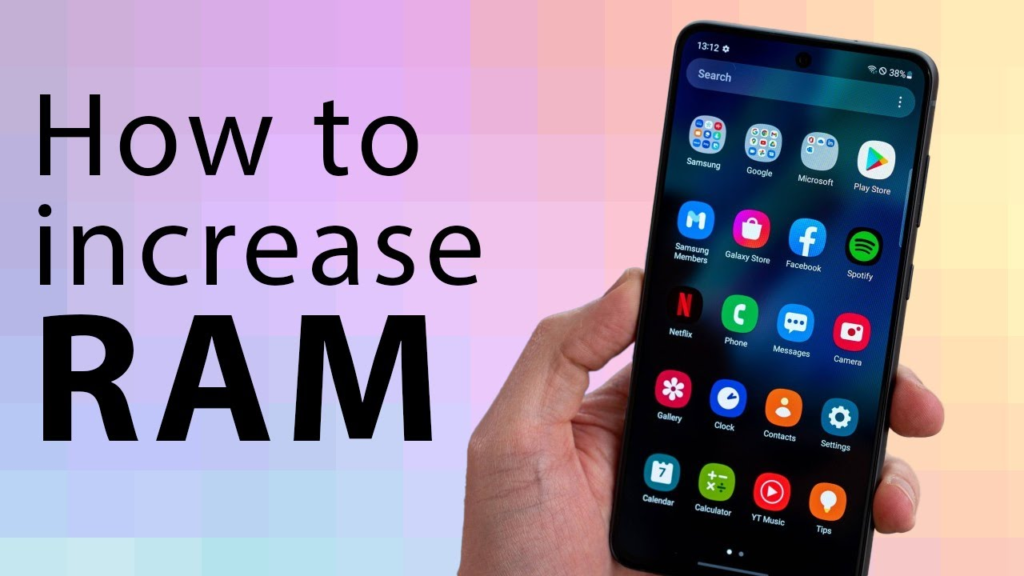DESCRIPTION:
How To Speed Your Android Mobile In the ever-evolving landscape of mobile technology, the demand for enhanced performance and multitasking capabilities is incessant. One avenue often explored to meet these demands is the augmentation of Random Access Memory (RAM) in Android mobile devices. While the prospect of increasing RAM may seem like a straightforward solution to bolster device performance, it entails a multitude of implications that warrant careful examination.
To begin with, it’s essential to understand the role of RAM in the functionality of Android devices. RAM serves as volatile memory where the operating system and active applications reside temporarily. Increasing the RAM capacity allows the device to accommodate more data and applications simultaneously, thereby potentially improving multitasking efficiency and overall responsiveness.

HOW ITS WORK:
However, the process of increasing RAM in Android devices is not as simple as adding more memory chips. It involves intricate integration with the existing hardware and software architecture, as well as rigorous testing to ensure compatibility and stability. Failure to address these aspects can lead to a variety of issues, including system instability and performance degradation.
How To Speed Your Android Mobile One of the primary concerns associated with RAM expansion is the potential for software bugs and compatibility issues. Android’s complex ecosystem encompasses a wide range of hardware configurations and device manufacturers, each with its own optimizations and customizations. Introducing additional RAM without proper validation and optimization can disrupt this delicate balance, resulting in unpredictable behavior and system crashes.
FEATURES:
Moreover, increased RAM capacity can exacerbate power consumption, thereby impacting battery life. While more RAM enables smoother multitasking and faster app switching, it also requires additional power to maintain and manage the larger memory footprint. Inefficient memory management algorithms or poorly optimized applications may lead to excessive resource usage, draining the battery at a faster rate.
Security considerations also come into play when expanding RAM in Android devices. Android’s security model relies on robust memory isolation mechanisms to protect sensitive user data from unauthorized access and exploitation. Altering the memory configuration without proper validation could potentially weaken these security safeguards, leaving the device vulnerable to various exploits and attacks.

How To Speed Your Android Mobile Furthermore, the economic aspect cannot be overlooked when considering RAM expansion. While some users may opt to purchase higher-end devices with larger RAM capacities, others may seek to upgrade their existing devices through aftermarket modifications or DIY solutions. However, the cost-effectiveness and feasibility of such upgrades depend on various factors, including device compatibility, warranty implications, and technical expertise.
Conclusion:
the decision to increase RAM in Android mobile devices entails a comprehensive evaluation of the potential benefits and drawbacks. While augmenting RAM can theoretically enhance performance and multitasking capabilities, it also carries inherent risks such as software bugs, compatibility issues, increased power consumption, and security vulnerabilities.
App Link
Therefore, any endeavor to expand RAM should be approached with caution, accompanied by thorough testing, optimization, and consideration of the broader implications. Ultimately, striking the right balance between performance, stability, and cost-effectiveness is paramount in ensuring a seamless and satisfying user experience in the dynamic realm of Android mobile technology.

